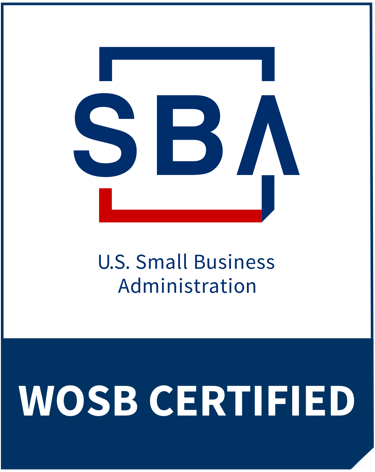Register for my upcoming Build an AI Content Team: Elevate Your Writing, Scale Your Impact course on Maven
That email you've been dreading? Let AI write the first draft.
Natalie Lambert
10/12/20253 min read


Welcome to Prompt, Tinker, Innovate — my AI playground. Each edition gives you a hands-on experiment that shows how AI can sharpen your thinking, streamline your process, and power up your creative work.
This week’s playground: Turning email dread into action
We all have that one email. The one that sits in your inbox for days, radiating a low hum of anxiety every time you see it. It’s the email you procrastinate on because the stakes feel high and the words just won't come out right. This week, we're turning that dread into action by using AI to draft those difficult professional emails.
Why this matters
Drafting a tough email isn't a writing problem; it's an emotional one. The difficulty isn't in stringing sentences together. It’s in navigating the complex subtext:
How do I say "no" without burning a bridge?
How do I give critical feedback that is helpful, not hurtful?
How do I chase an overdue invoice while preserving a client relationship?
AI can act as a neutral, objective third party. It provides emotional distance, helping you separate the strategic message from your own anxiety. It breaks the initial writer's block and gives you a structured, professional draft you can then refine and make your own. It helps you move from procrastination to communication.
Your AI experiment: Draft the difficult email
Your goal is to provide the AI with structured context so it can generate a thoughtful, strategic draft. The more specific your context, the better the AI's output.
👉 Time to tinker:
Choose your email. Think of a real, difficult email you need to send. (Saying no to a request, giving tough feedback, asking for something sticky, etc.).
Anonymize the details. Remove all names, company specifics, and confidential information. Focus on the situation itself.
Copy and paste the prompt below into your AI tool of choice. Fill in the brackets with the specifics of your situation.
📝 Prompt: “You are an expert executive communications coach specializing in clear, empathetic, and effective professional correspondence. Your task is to draft an email for me based on the context I provide. Your primary objective is to achieve my goal while preserving and strengthening the professional relationship.
Please draft a clear, concise, and professional email based on the following framework:
My goal: [What is the single most important outcome I need this email to achieve? Be specific. e.g., "To clearly decline the invitation to speak at the conference due to a scheduling conflict, while expressing genuine appreciation and leaving the door open for future invitations."]
Context & key facts: [Provide a neutral, factual summary of the situation. What happened leading up to this? What information is essential for understanding the scenario? e.g., "I was invited to speak three weeks ago. I have since learned that the event conflicts with a critical internal project deadline. My boss has confirmed I cannot move the deadline."]
My relationship to the recipient: [e.g., "My boss," "A long-term client," "A colleague from another department," "An external event organizer I've never met."]
Desired tone: [Choose 2-3 adjectives. e.g., "Appreciative and firm," "Direct but collaborative," "Empathetic and solution-oriented," "Formal and respectful."]”
💡 Pro tip: Refine and refine again
Once you have your first draft, refine it with these follow-ups:
Tinker with the tone: Ask the AI to “Rewrite this draft to be more direct and concise,” or “Make this draft sound more empathetic.”
Generate options: If a sentence feels awkward, ask: “Give me three alternative ways to phrase this sentence: [paste the sentence here].”
Anticipate the reaction: Ask a strategic question like, “What is a potential negative reaction to this email, and how could I proactively edit the draft to mitigate that risk?”
What did you discover?
Did using this prompt lower the anxiety of tackling a difficult email? How much faster was it to get from a blank page to a finished draft? Share what you found in the comments!
Until next time—keep tinkering, keep prompting, keep innovating.

